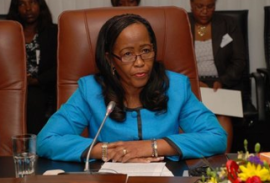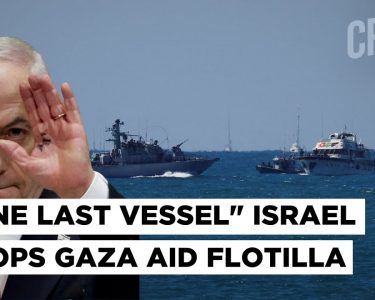
CAPE TOWN (South Africa), Aug 17 (NNN-SANEWS) — The Republic of Namibia has pledged to scale up investment in water and sanitation infrastructure through domestic financing, concessional loans, grants and private partnerships in a bid to ensure universal access to safe water and adequate sanitation.
“We acknowledge that there remain significant gaps in water infrastructure investment and that rapid solutions are urgently needed if Namibia and Africa at large are to achieve the UN Sustainable Developments Goals,” Namibian Minister of Agriculture, Fisheries, Water and Land Reform, Inge Zaamwani, said.
Speaking during a plenary on investment commitments at the African Union–Africa Water Investment Programme (AU-AIP) summit on Friday, Zaamwani said Namibia stands ready to play its part to close the continent’s water and sanitation investment gap, in line with the AU’s Agenda 2063 Vision of “The Africa We Want.”
She said investment in the water sector is not only key to securing universal access to safe and reliable drinking water and sanitation for millions of Africans, but also to advancing food security, climate resilience and socio-economic development.
“Attracting private sector investment into the water [sector]… to close the targeted gap of at least 30 billion USD per year requires robust governance frameworks, institutional strengthening, operational efficiency and regulatory reforms as critical enabling conditions for investors,” Zaamwani said.
While Namibia is a vast, arid country with remarkable landscapes, Zaamwani said the country is one of the driest countries in sub-Saharan Africa and faces acute water scarcity made worse by climate change.
Despite this, she said the country is determined to turn these challenges into opportunities for innovation, partnerships and sustainable investment, in line with Sustainable Development Goal 6, which aims for universal access to water and sanitation by 2030.
Zaamwani announced that her country’s Cabinet has approved the allocation of 5% of the national budget for water and sanitation investment. Under the Medium-Term Expenditure Framework, N$2.8 billion (about USD 150 million) will support rural water supply schemes and sanitation facilities targeting underserved communities.
“In addition, we have secured about N$4 billion in concessional loans from the African Development Bank and Development Bank for the next mid-term expenditure. These resources are earmarked for large-scale projects that will improve bulk water conveyance, rehabilitation of ageing infrastructure, and to expand sanitation coverage in both rural and urban areas,” Zaamwani said.
Namibia and South Africa have also committed USD 2.5 million for a joint feasibility study on the proposed Noordoewer–Vioolsdrift Dam on the Orange River, which is expected to cost about USD 231 million to build.
“We are hoping to attract investor interest. The project is important for long-term water security for social and economic development of the two nations and the Ecological Water Requirements (EWR) in the Lower Orange River,” Zaamwani said.
She also highlighted plans for a coastal desalination plant to be developed through a public-private partnership. The facility will supply water to the mining sector, which is critical to Namibia’s economy and coastal towns, thereby relieving pressure on the limited local groundwater sources.
“The project reflects the country’s commitment to diversify its water sources, enhance climate resilience and promote economic growth. Namibia’s investment drive is not limited to infrastructure but also building the institutional and technical capacity needed to operate and maintain this infrastructure sustainably.
“We recognise that water security is inseparable from food security, energy security, public health, tourism and economic competitiveness. For this reason, Namibia approaches water investment not as an isolated sectoral issue, but as a driver of national development and regional integration,” she said. — NNN-SANEWS






